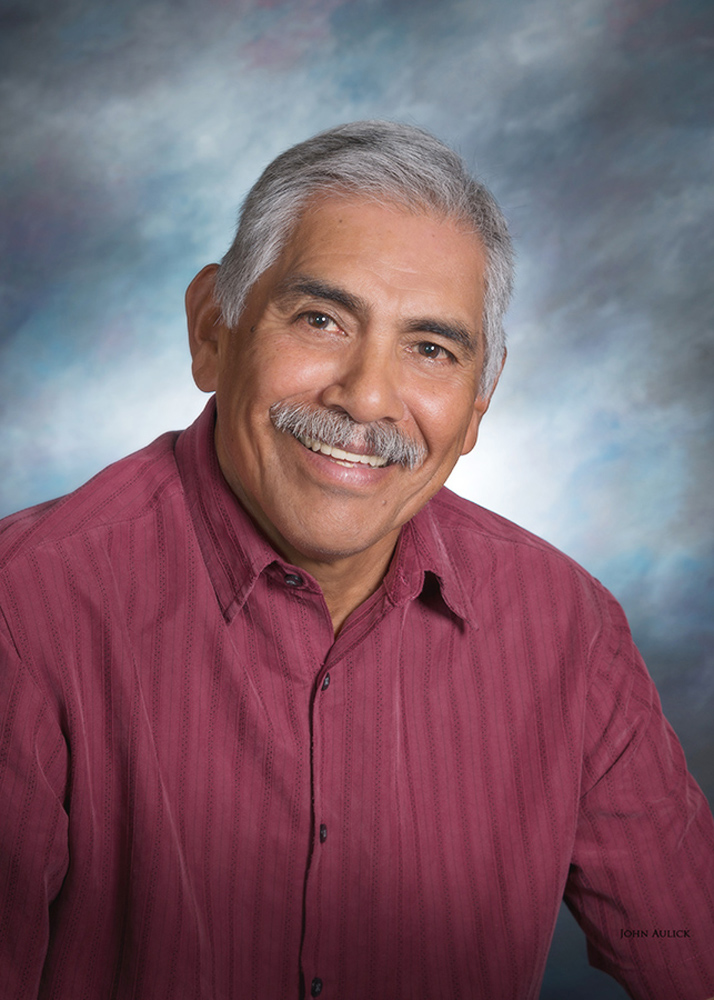A’AGA: Something to be told or talked about
January 5, 2018
By Bill Allen
Borrowing from “A Pima Past” book, Santha Klaus has come and gone. Reindeer tatmal or tamales were delicious, and coffee or kawhi with the gingerbread va:to or ramada held up by candy canes was better than sugar plums. Strong kawhi is a good start on a cold day, but some days are just too cold to go outside. Today most of us stay inside and watch TV but what did our ancestors do on such days? They probably stayed inside also, but entertained each other by telling stories. O’otham and Piipaash winter stories tell of cataclysmic world changes, supernatural beings and animals doing heroic and unheroic deeds, all geared to explain us and the cosmos. Most Native tribes are making an effort to rekindle this practice. As Gila Crossing native Anna Moore Shaw wrote in the early 1970’s, she saw the old beliefs of our people slipping away for as each elder passed on, so did the songs and festivals. But thanks to her efforts coupled with other O’otham and Piipaash that we’re lucky to have enriched our community, all has not slipped away.
Heki huh or long ago, each village had a storyteller, but as villages shifted and people moved, different versions of our stories emerged. A story that holds strong today is about Ho’ok, the ugly, old enchantress. Anna Moore Shaw provides a general overview: Ho’ok was born from a situation involving our kickball game called wuichutha and lived an unusual life. When she was born she had claws for fingers and developed a taste for babies or young children. She targeted young mothers who she would put into a trance, then steal the baby and run away. (A version has a resting place for her near the Santan Mountains.) The O’otham turned to Elder Brother or Se’ehe for help and he told the people to make preparations for a social dance. For four anxious days the people gathered wood or ku’ag and prepared food. As the sun went down on the fourth day, the Circle Dance was begun. When Ho’ok heard the singing, she came running just like Se’ehe knew she would. The people welcomed her to the dance and kept her going and going on a marathon dance until she fell from exhaustion. Se’ehe then pulled her into a hillside cave and told everyone to pile the ku’ag inside the cave. The wood was lit but when the fire was roaring away, a thunder-like clap was heard. Ho’ok had cracked the top of the cave in an attempt to escape. Se’ehe ran to the top of the cave and stepped on the crack to seal it. Our people rejoiced by singing a Ho’ok Mehitha or Witch Burning song. Listening to the story as a little girl or cehia, Anna Moore Shaw was told by her grandmother not to go looking for Se’ehe’s footprint in the rock for she would just get lost in the desert.
As an eight year old boy or ceoj growing up in Va’aki, I remember hearing about Ho’ok or Ho’ok Oks (old lady). I took the story to be an old story from the past with no connection to my modern 1960’s world. (After all-- the Beatles and ‘Stones!) But once, when spending a winter’s night at my Uncle’s house or ki, I felt the terror of Ho’ok Oks. That “sandwich” house was probably built in the 1930’s and had a wood burning stove along with kerosene lamps. When the sun went down, we got ready for bed but we kids kept being noisy and rowdy; soon uncle came in. He sat down on the bed and told us to be quiet or Ho’ok would come for us. He told us about what she did with children, especially noisy ones who would not go to sleep. The family dogs wouldn’t be any help because Ho’ok ran with wild horses (she had hooves) that fooled dogs. (This house was at the southwest corner of Va’aki, the last house on the road with desert all around it.) On cue as if uncle planned it, we heard horses running in the distance—we dove under the covers! No more fun, just snores.
It’s beginning to cool down, time for a cup of hot kawhi but no TV tonight. I’ll just close my eyes and listen to another of uncle’s stories.
Information was taken from A Pima Past by Anna Moore Shaw and the author’s recollections.

